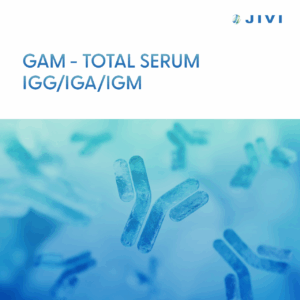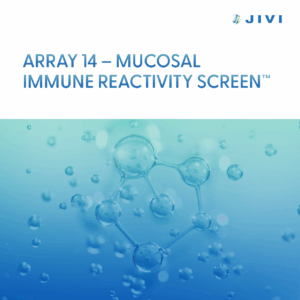Description
Streptococcus Antibodies Profile
What does this test measure?
This test measures the two most commonly used antibodies that indicate recent infection by Group A Streptococcus (Strep pyogenes):
- ASO (Antistreptolysin O): Antibody against streptolysin O, an enzyme produced by strep. Rises about 1-3 weeks after infection, peaks ~3-5 weeks, then slowly falls.
- Anti-DNase B: Antibody against a strep enzyme that degrades DNA. This can be particularly useful if ASO is negative in some cases (like skin infections often raise DNase B more, whereas throat raises ASO more).
Together, they improve sensitivity for detecting a past strep infection (especially rheumatogenic strains).
Who is this test most suitable for?
- Children or teenagers with poor access to antibiotics or who frequently get strep and don’t treat fully
- People in areas of high rheumatic fever incidence (some developing countries) – establishing baseline titers
Clinical Use
This test is used to confirm a recent streptococcal infection related to post-streptococcal complications, such as rheumatic fever and post-streptococcal glomerulonephritis. It measures the antistreptolysin O (ASO) titer, which is helpful in diagnosing rheumatic fever and can indicate if a correlation exists between streptococcal infections and exacerbations of OCD or tics in cases of PANDAS.
A significant increase in ASO titer (commonly >200 units in adults) suggests a recent infection, while DNase B levels may also be measured, especially in children. This test does not detect the bacteria directly, as they may be cleared by the time symptoms appear, but it provides evidence of a prior infection.






